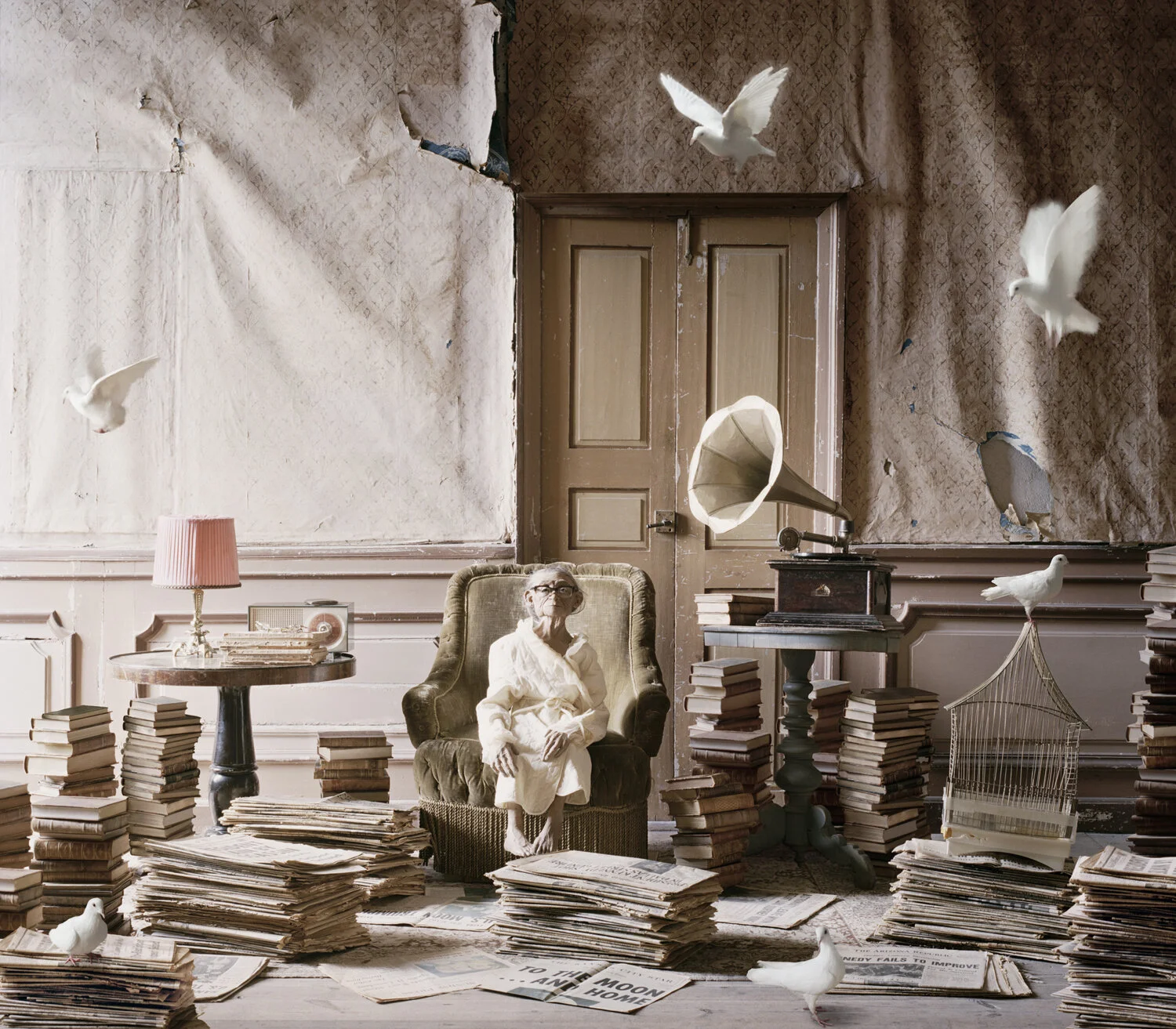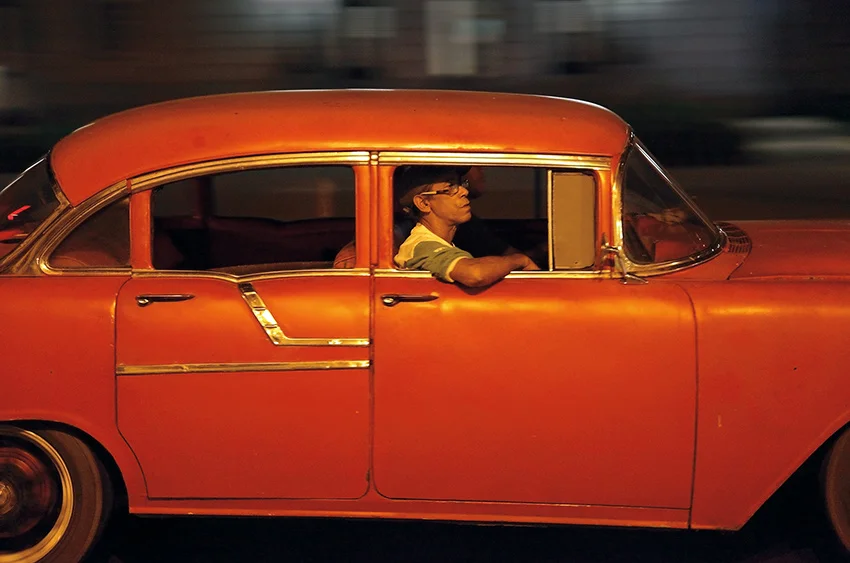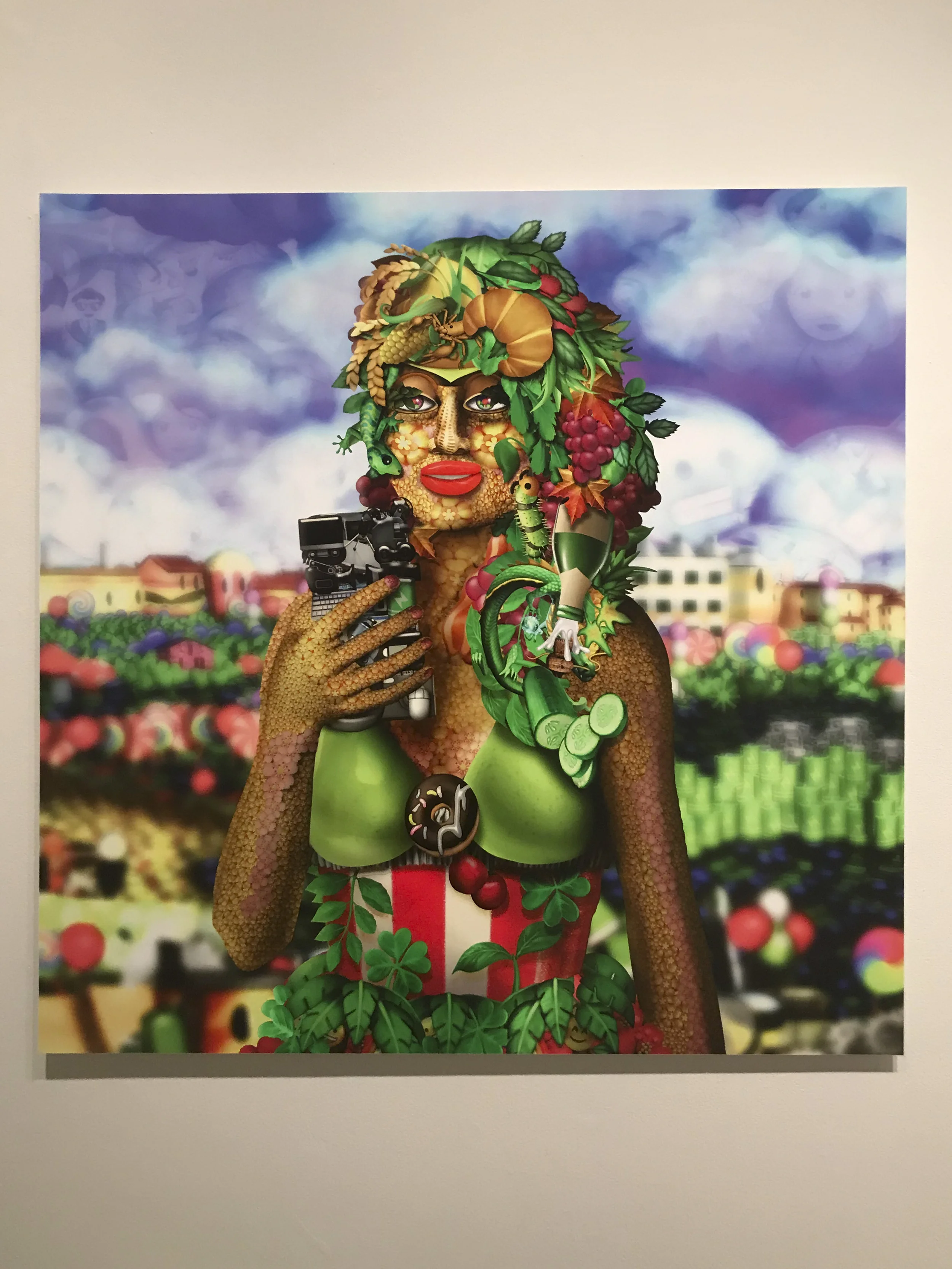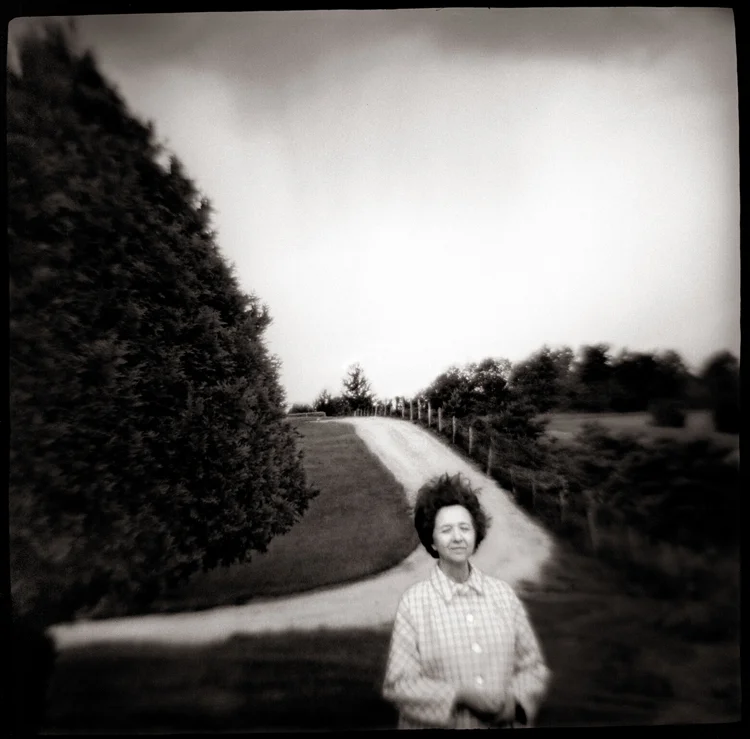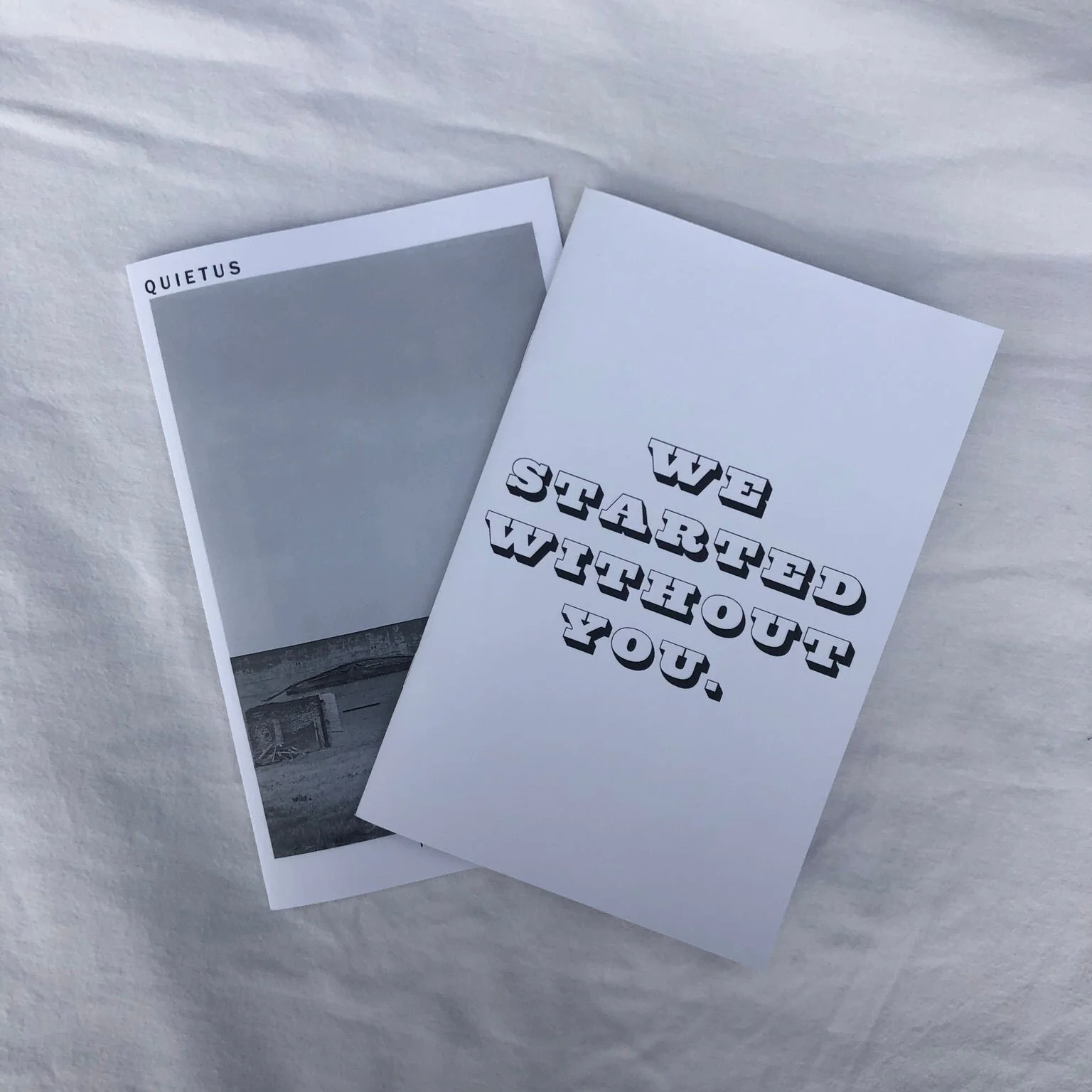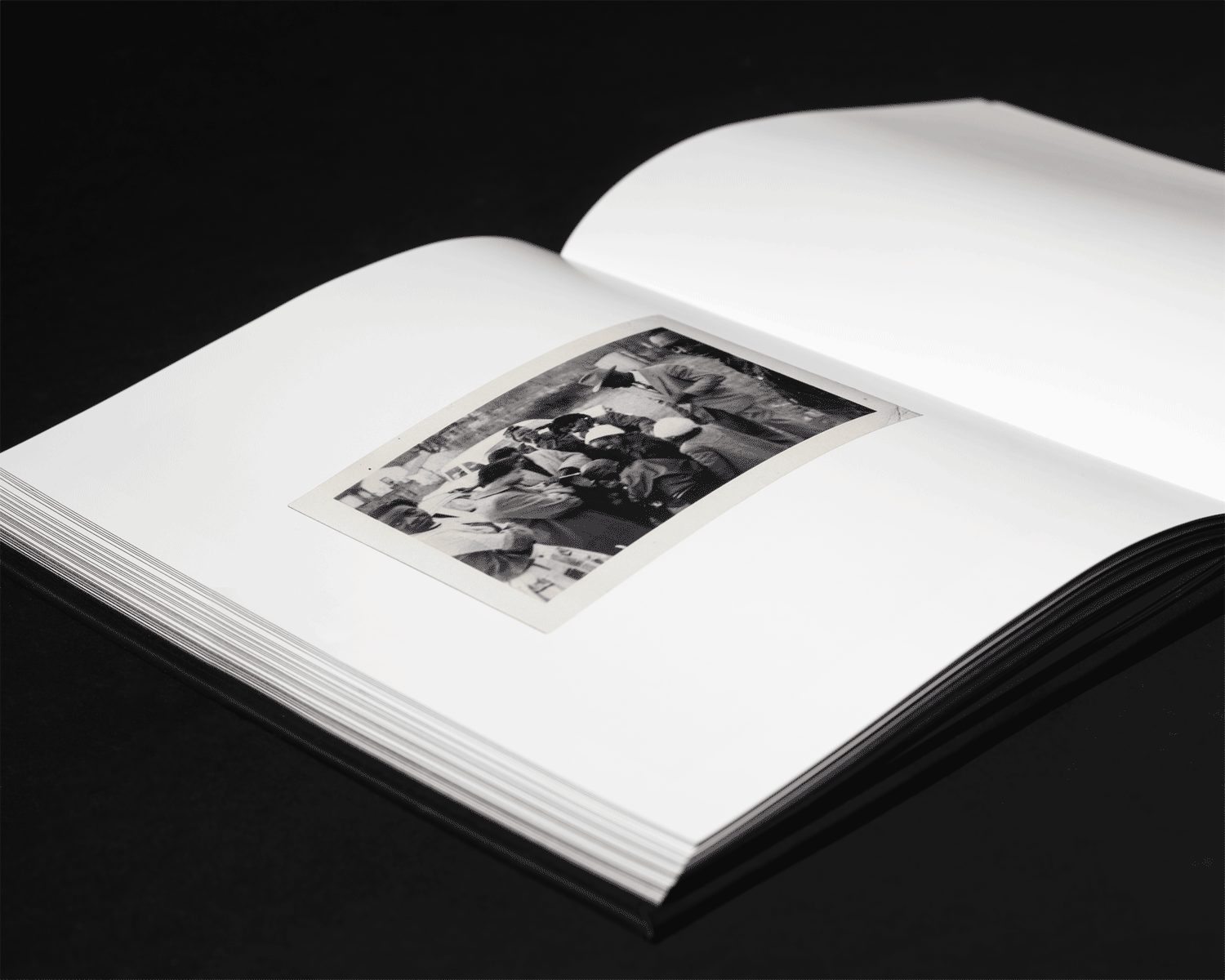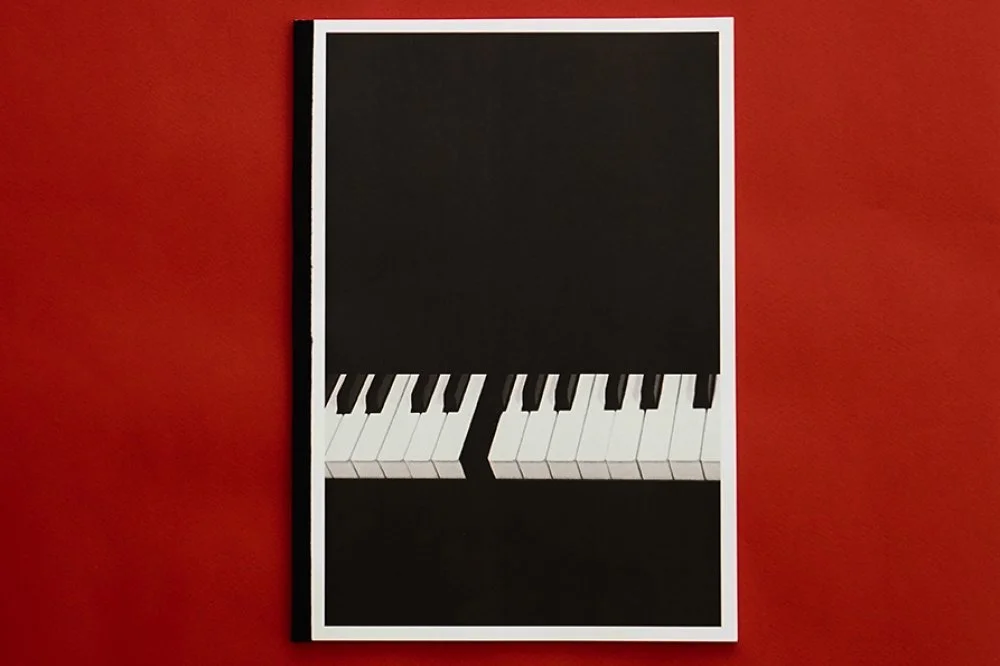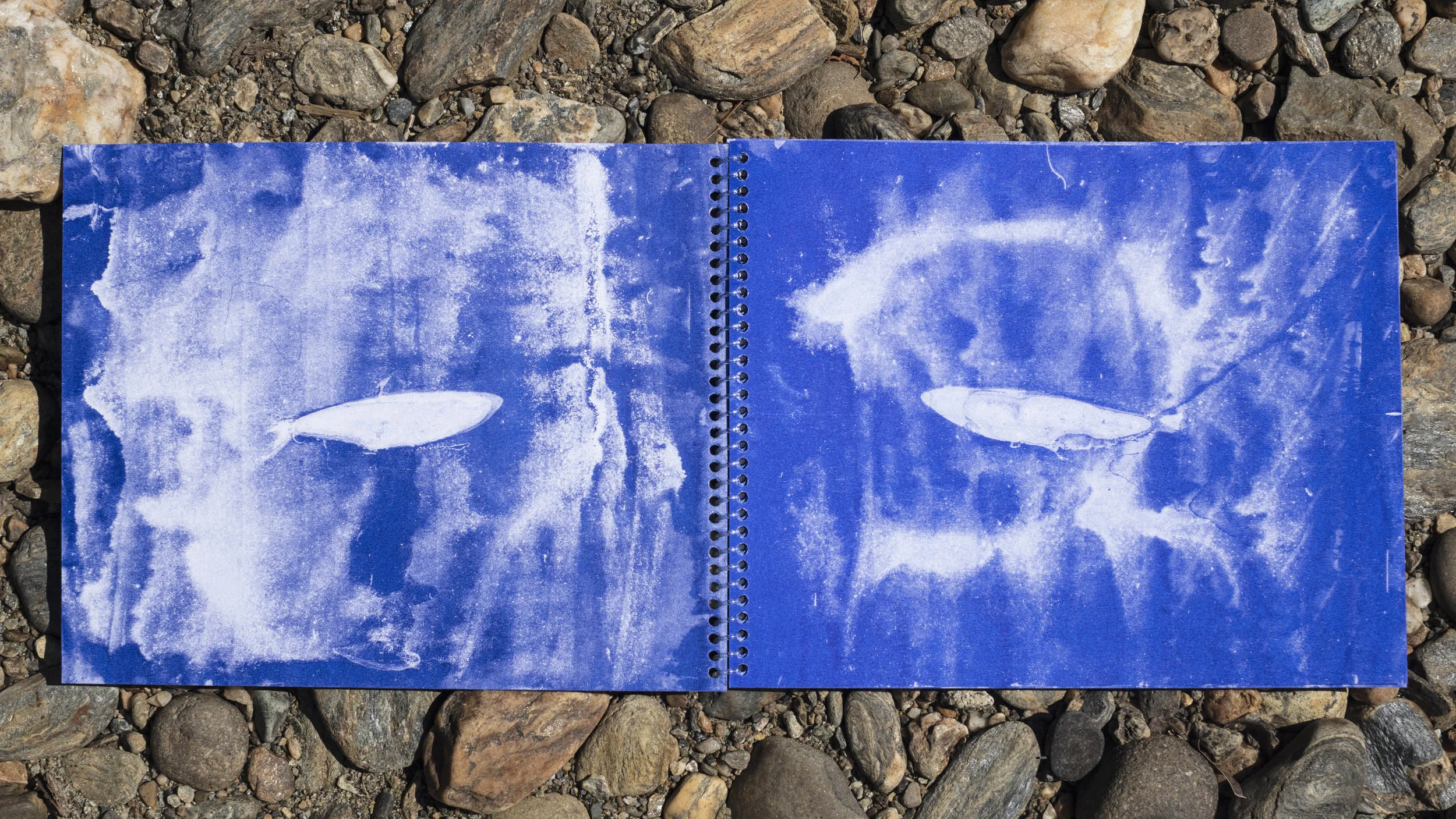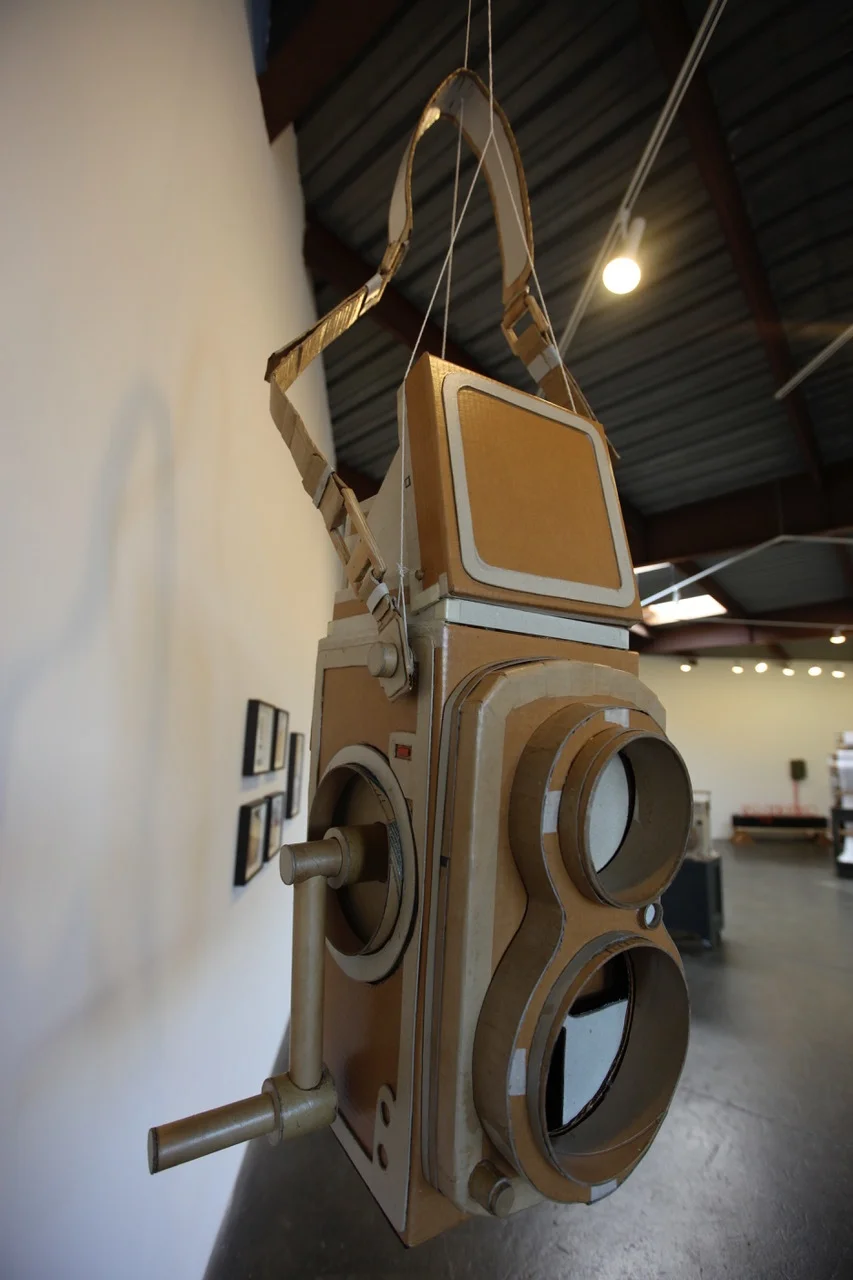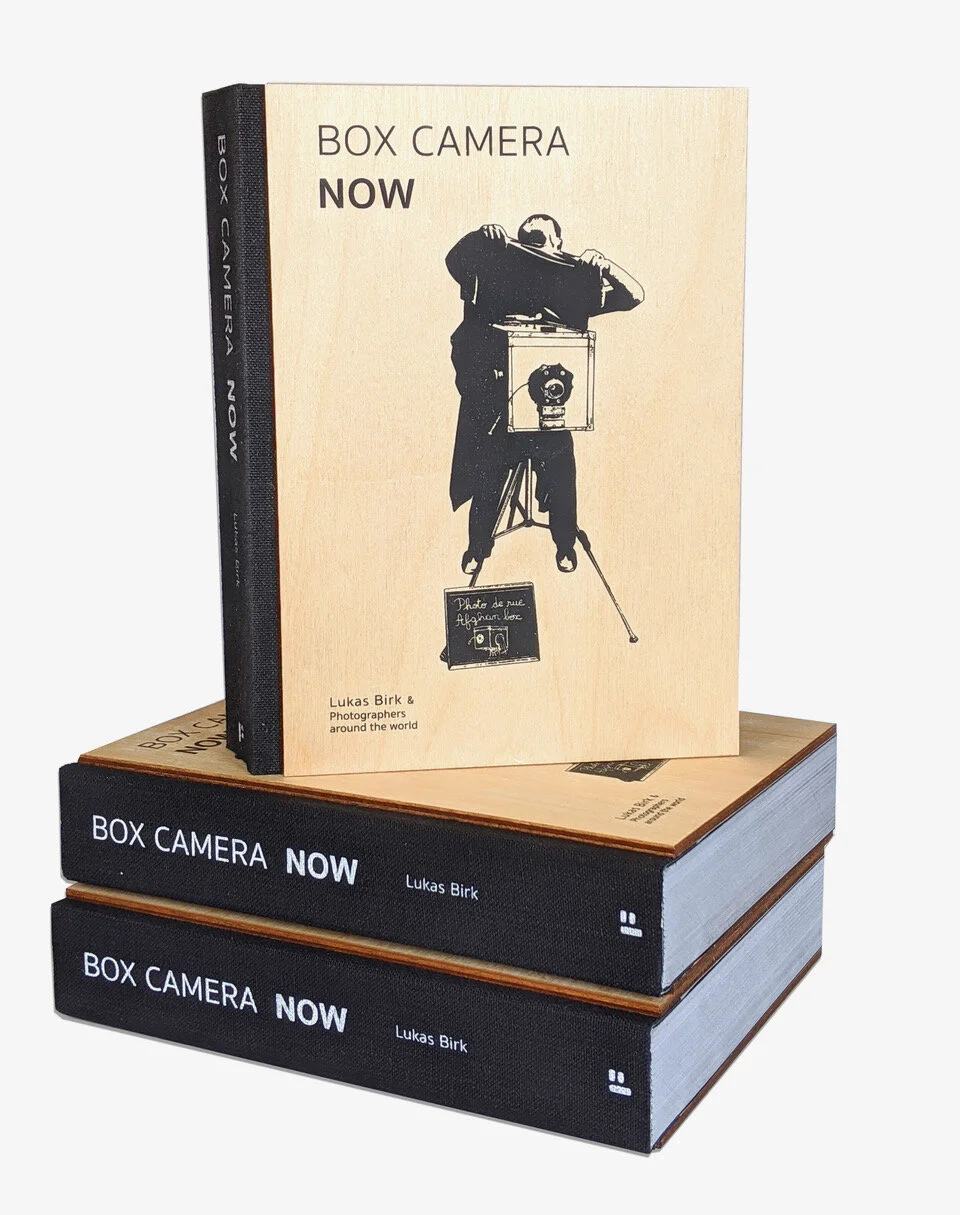artist book: a work of art realized in the form of a book.
The definition may sound simple, but the world of artist books can be a bewildering place. From the familiar pairing of images and text, to sculptures created out of paper and complicated bindings that create a performance each time the book is opened, nearly anything can be called an artist book if there is intention and consideration. This series showcases artists from different realms of the art world exploring the structure and meaning of the book.
Fragments of 12th-century manuscripts used to construct a 16th-century bookbinding in Leiden University Library. Photograph: Erik Kwakkel
Last month, Dr. Erik Kwakkel, a medieval book historian at Leiden University, and Professor Joris Dik of the Delft University of Technology revealed some extraordinary findings. Using an x-ray technique known as macro x-ray fluorescence spectrometry (MA-XRF), Kwakkel and Dik have been able to successfully reveal ancient manuscript fragments that are encased in the bindings of books dating from the 15th to the 18th century. They call their project the “Hidden Library” project and since its launch it has attracted international attention.
It has long been known that books dating from these eras often contain manuscript fragments; cracked bindings have made these fragments visible to the naked eye. After the invention of the printing press, manuscripts were often repurposed in bindings for books. Pages were cut up and recycled to reinforce bindings at a nominal cost to the printer. The process was so commonplace that one in every five books dating from the 16th and 17th century contains pages from ancient manuscripts in their binding.
In the spring of 2014, Erik Kwakkel publicly proposed his idea for a project to uncover these hidden fragments, and he surmised that through the use of newly developed x-ray technologies that he might be able to do so without damaging the bindings of existing early-modern books. After reading about the work of Joris Dik, who had developed Macro X-ray Fluorescence Spectrometry to reveal underlying works and sketches in works by Rembrandt, Kwakkel introduced his idea to Dik and his team. Kwakkel and Dik have since teamed up and have been working to unveil these long-lost fragments.
Manuscript fragments in one of Leiden University’s books. Photograph: Erik Kwakkel
Since the technology was originally developed to view the hidden layers in paintings by Old Masters, the x-ray technology had to be altered to match to the task at hand. Initially, the text could be seen, but was illegible. After a series of modifications to the speed and distance at which the device is placed, the MA-XRF scanner has successfully been able to reveal the underlying scripts. The device works by transmitting a thin x-ray beam through bindings; it then charts elements used in medieval inks including copper, iron, and zinc. The MA-XRF scanner is so precise that it is even capable of deciphering and separating text from multiple pages that have sewn together.
The work of Erik Kwakkel and Joris Dik and his team have led to a myriad of possibilities for historical discoveries in the field of medieval books. In their preliminary work, they have already found a fragment from a 12th century manuscript that includes excerpts from the work of Bede, the 8th century monk and scholar. “Much of what we’re finding is 15th or 14th century, but it would be really nice to have Carolingian material, so from the ninth century or even older. It would be great to find a fragment of a very old copy of a Bible, the most important text in the middle ages,” says Erik Kwakkel. “Every library has thousands of these bindings, especially the larger collections. If you go to the British Library or the Bodleian [in Oxford], they will have thousands of these bindings. So you can see how that adds up to a huge potential.”
Visit Erik Kwakkel’s website for more information on The Hidden Library Project
Elizabeth K. Harris is the Director at Louis K. Meisel Gallery. She holds an MA in Visual Arts Administration from New York University and has co-authored two books on art. She likes looking at books more than reading them.







































